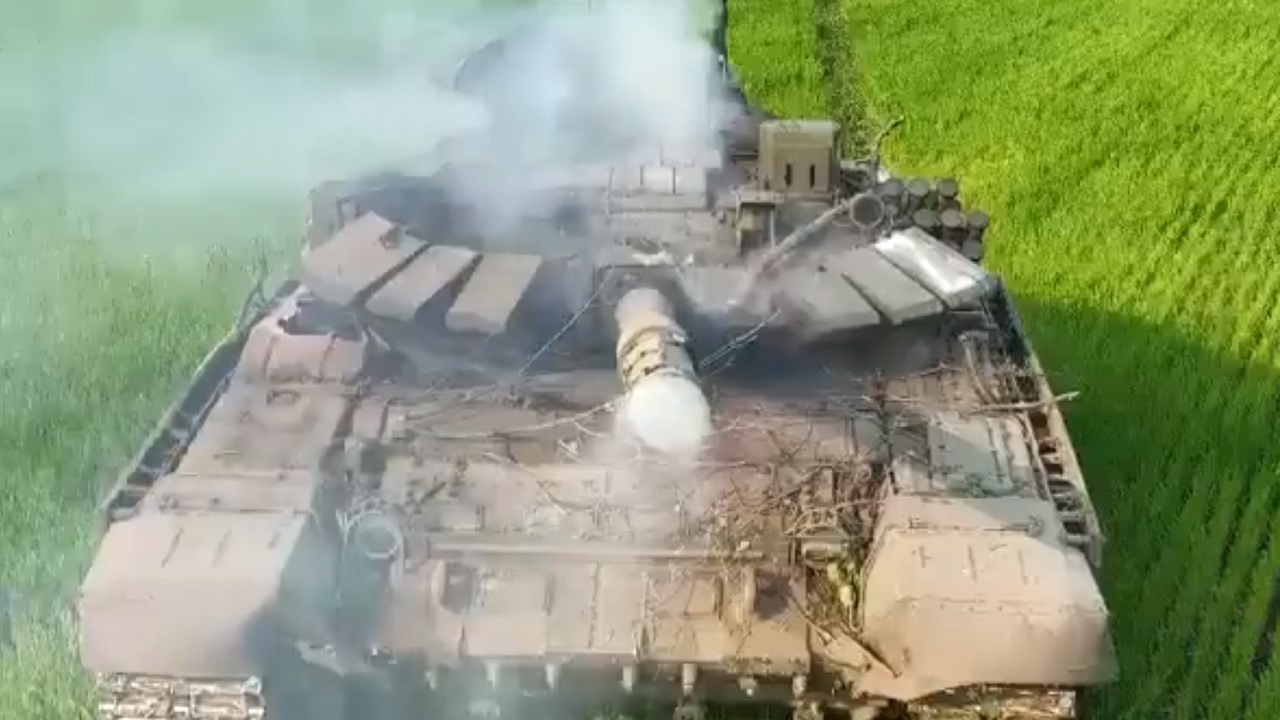In early June of this year, the Ukrainian Armed Forces (UAF) began a widely anticipated counterattack of Russian positions in occupied territory.
Deliveries of sophisticated Western weapons systems, most notably Bradley Infantry Fighting Vehicles from the U.S. and heavy Leopard tanks from Germany coupled with Ukraine’s successes in strikes last spring to liberate Kherson led many to believe this offensive would prove swift and decisive. Breaking and routing Russian forces and driving the invaders from Ukraine.
The reality has proven far different, with highly entrenched Russian forces turning the attack into a slow, grinding slog.
Despite recent doubts from analysts and observers, the UAF’s current offensive still has great potential and may yet prove pivotal in the war.
The Details
While Ukraine’s advances last year seemed lightning fast, the reality of this year’s offensive was always bound to be different. The Russian military underperformed early in the war but they did learn from their mistakes, fortifying the front with anti-personnel mines, tank barriers, and trench networks. Attacking into such fortifications is a difficult proposition, especially when considering the constraints binding the UAF, namely concern for casualties and lack of air superiority,
No country can sustain heavy casualties of its fighting forces for long and Ukraine is no exception. While Russia has the manpower to spare, throwing troops into human wave assaults, Ukraine must be patient and deliberate to conserve its unit strength. During the First Gulf War in 1991, the U.S. and Coalition allies were able to encircle and destroy the Iraqi army in only 100 hours with apparent ease. This was due in large part, however, to the massive air superiority advantage enjoyed by the Coalition. The preceding 39 days had consisted of Coalition aircraft relentlessly attacking Iraqi positions and supplies, hugely degrading their ability to fight. Ukraine must make do without this air support which both deprives them of strike capabilities while leaving their own troops vulnerable to attack by Russian air assets as they advance out of the cover of Ukrainian air defenses.
In light of these factors, the UAF strategy has always envisaged a battle of this nature. The key lies in attriting Russian forces in their first and second defensive lines – Russian defense in depth – until a solid breakthrough is achieved at which point Ukrainian mobile units can exploit the breach to begin wreaking havoc behind enemy lines.
Lessons Learned in Ukraine War
As the UAF have carried on their assault, they have adapted and applied lessons learned. Initially, they were expending massive amounts of artillery shells in Soviet style barrages. While the U.S. and the West are able to keep up with their expenditure – for now – the UAF have begun concentrating their fire on high value targets and smaller sectors of the Russian defense they wish to break through.
Furthermore, the UAF initially committed to three axes of advance. One eastward towards the village of Bakhmut, and two southwards through the Zaprozhizhia Oblast. The UAF have recaptured some territory around Bakhmut, the site of heavy fighting earlier this year, however they now appear to have pivoted and deployed some of those forces to the southern axes of advance, the primary goal of this counteroffensive which seeks to reach the Sea of Azov and cut the Russian land bridge to Crimea.
How Ukraine Can Achieve a Major Breakout Against Russia
While strategy, tactics, and logistics are crucial pieces to any battle, the importance of morale cannot be overstated. Many of the Russian forces fighting along the Southern front have been in position for months without rotation, taking fire and suffering casualties.
At a certain point, even the best-trained unit will break and begin to fall back and this has the double effect of both leaving a gap in the line for attackers to exploit while also further decreasing morale of nearby units, potentially causing them to rout as well.
While the counteroffensive is slow and grinding, it may only take a single day of fighting to tip the balance and allow Ukrainian units to begin making significant gains.
Maya Carlin, a Senior Editor for 19FortyFive, is an analyst with the Center for Security Policy and a former Anna Sobol Levy Fellow at IDC Herzliya in Israel. She has by-lines in many publications, including The National Interest, Jerusalem Post, and Times of Israel. You can follow her on Twitter: @MayaCarlin.

